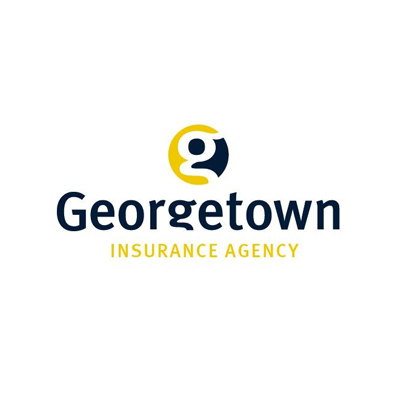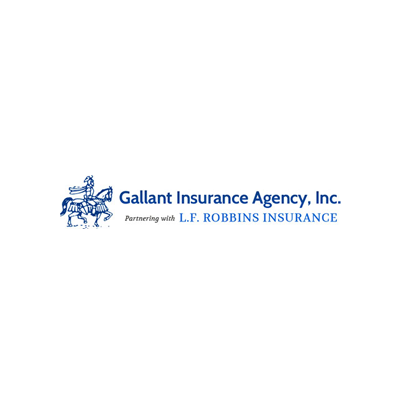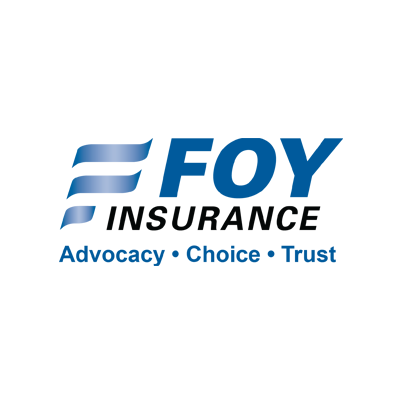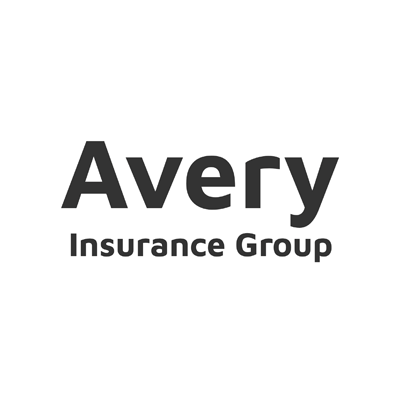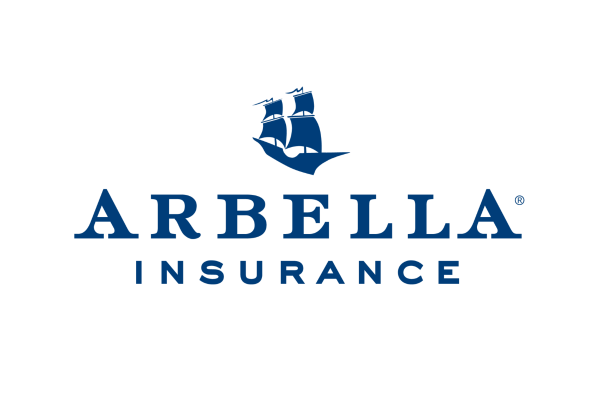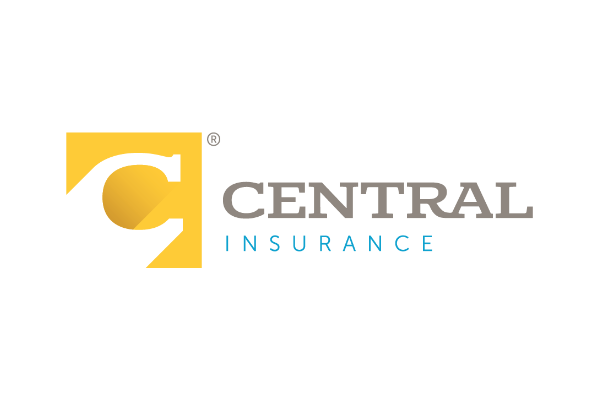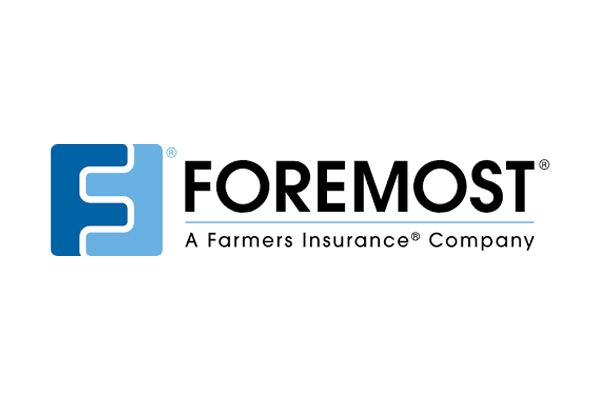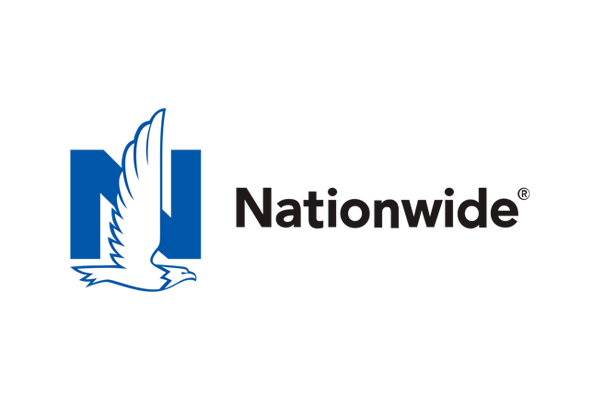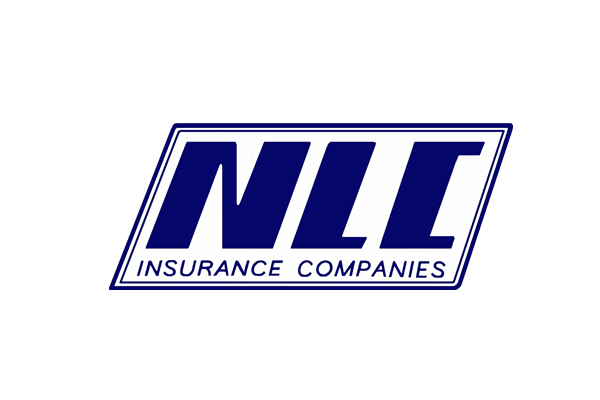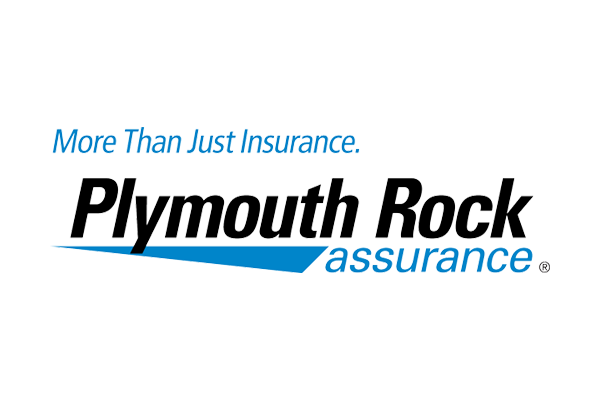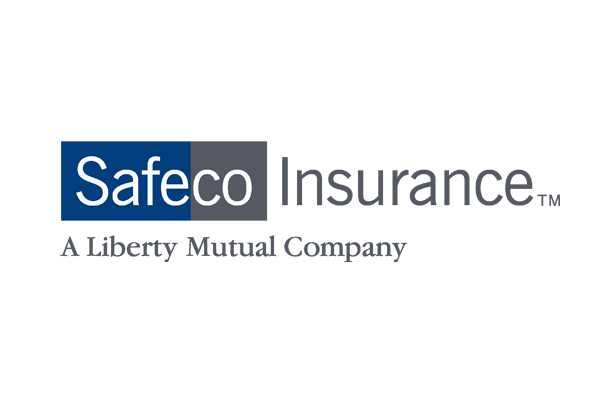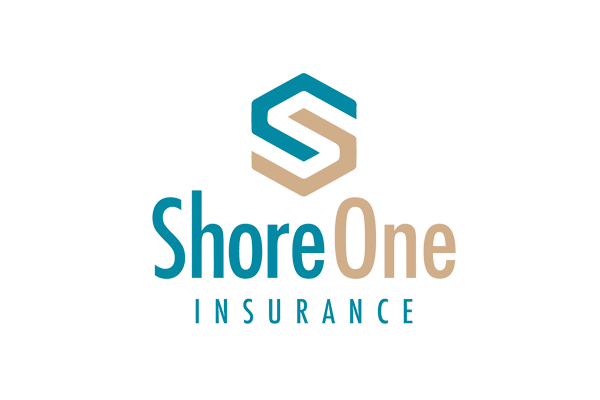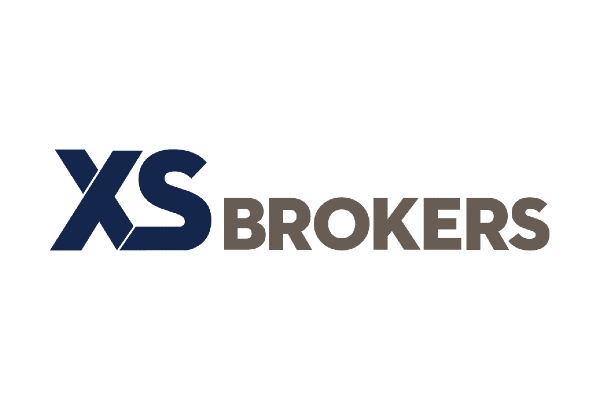07 Oct How to Boost Your Insurance Agency Past a Performance Plateau
Shared in this article:
- Specific actions agency owners need to take to achieve top decile performance and consistent business growth, which agency management technology does not support.
- The ways an insurance network may help agency owners effectively plan, manage, and achieve their performance goals.
- A list of areas to evaluate, including performance history, carrier partners, member standards, and level of transparency, that can help you determine if an insurance network is a good fit with your agency’s goals and values.

Whether you’re an agency owner just a few years into building your insurance business or an industry veteran who's spent decades establishing a strong reputation in the marketplace, the challenges to consistent growth and profitability are often very similar. One of the biggest hurdles for any owner tends to be finding the balance between effectively managing the day-to-day business operations and carving out sufficient time and space for vital high-level strategic planning.
Today’s technology options are helpful on the ground level, streamlining your team’s daily activities and tasks. Everything from prospecting and quoting to billing and claims submissions is integrated into one system, making it easier to track outcomes in the areas where you’re interfacing with customers. Every day, you get access to a detailed, close-up picture of your business, and what things are getting done and how well.
However, there are many aspects of managing your agency for top decile performance and consistent growth that these systems do not typically facilitate. For example, they have limited capabilities for helping with:
- Developing long-term strategies for growth that align with your agency’s goals and evolving market conditions.
- Identifying the right business to pursue and evaluating opportunities that fit your strengths and profitability targets.
- Navigating challenging markets and securing access to carriers for harder-to-place risks.
- Staying ahead of the competition with timely insights into industry best practices, new products, and market trends.
Even the most advanced software can’t completely remove an owner from the tactical weeds of running a business. Additionally, there’s no substitute for one of the most important and distinctive roles of being a successful independent insurance agency owner—that of building personal, long-lasting relationships with clients, employees, carriers, and the community.
With only so many resources and time in the day, you may want to consider turning to an insurance agency network for support with the increasingly important undertaking of comprehensive business performance planning and management.
How a network can provide a road map to reaching your agency performance goals
By joining an insurance agency network, you’re typically going to get support from a professional management team consisting of people with priceless knowledge and experience in the industry, many of whom were once in your shoes on the agency side (and still may be) or have been across the table from you on the carrier side—or have experienced both.
While you’re focused on your day-to-day business operations, these skilled professionals zoom out to the 30,000-foot level, analyzing complex data and information about your business, and that of your peers, across the carriers they work with. They combine these findings with their deep understanding of industry trends and forecasts, turning them into actionable growth strategies for their member agencies.
Specifically, a network may help you more effectively plan, manage, and achieve your performance goals by:
- Providing oversight and guidance for goal setting and building the tools that help you accurately track your performance versus goals.
- Reviewing any gaps versus goals and making strategic recommendations on how to course correct and achieve your established objectives.
- Helping you stay focused on what you need to do to hit your desired volume and revenue goals and facilitating you in doing so.
- Delivering insight into carrier appetites and how you can cost-effectively expand your market access.
- Crafting plans with carriers that are mutually beneficial and enhance your variable compensation revenue potential.
- Assessing how market fluctuations may impact your operations and helping you adapt your business plan accordingly.
- Sharing a comparison of your performance results versus peer agencies that highlights opportunities for your business, as well as what to potentially avoid.
- Connecting you with successful agency owners and their staff to share information, intelligence, and advice.
From expanding market access to providing strategic guidance and structured performance tracking, a thriving, sophisticated, and stable insurance network can be a powerful force to have on your team.
How to assess the strength of an insurance network and its performance management approach
If your goals for the coming year and beyond include growth and profitability while maintaining your independence, you’ll want to seek out networks that share your commitment to performing at the highest levels and will respect your desire for autonomy.
Evaluating the following six areas may help you determine whether a network is the right fit to support your business goals, performance management routine, and ambition to remain independent:
1. Performance management process. Is it a structured approach, with monthly and quarterly performance reviews with agencies? Are there planning meetings and performance updates with carrier partners? Do members have ongoing accountability for their agency’s contribution to the overall performance plan?
2. Performance history. Have annual compensation factors improved every year? Does the group offer carriers a broad and consistent source of growth and profitability? What percentage of profit sharing, overrides, and incentives are returned to agencies?
3. Member agencies. Are they well-run and consistently high-performing businesses? Are they owned by people you look up to and would value mentorship from? Is there communication and collaboration among the members?
4. Carrier partners. Are they financially sound? Are they known for their support of the independent agency distribution channel and strong agency relationships? Are they a diverse makeup of national, regional, and mutual carriers, some of which you may not have direct appointments with yet?
5. Flexibility. Does the network require changes in the way you do business—e.g., agency management software, underwriting assignments, or accounting? If the direction of your agency shifts, and a network is no longer a good fit, how easy is it to separate from the group?
6. Level of transparency. Does the network openly share financial performance, compensation, and strategy with all members, and how those results will impact each agency’s own revenue stream? How do interested members get more involved in the decision-making process?
Could joining an insurance network be a smart, long-term business decision for your agency?
The insurance industry has changed dramatically over the last decade. Carrier contracts and compensation models have become increasingly complex; prospects and clients have heightened expectations for quicker response times, more digital access, and personalized service; and talent acquisition and retention remain a constant sore point. Not to mention that agencies have been navigating one of the most consistently uncertain markets in a long time.
In this quick-moving and demanding environment, having a great handle on how your agency functions day to day is undeniably important. But, now more than ever, it’s essential for agency owners to have a strong grasp of their business’s financial health, develop long-term strategies for success, and proactively plan for future market challenges and their potential impact.
If you’re not regularly engaging in this process, or not sure your approach is as effective as it could be, you may want to explore joining a network that allows you to stand on your own while providing strategic guidance, operational resources, enhanced market access, and the strength of numbers to take every member’s performance to the next level.





